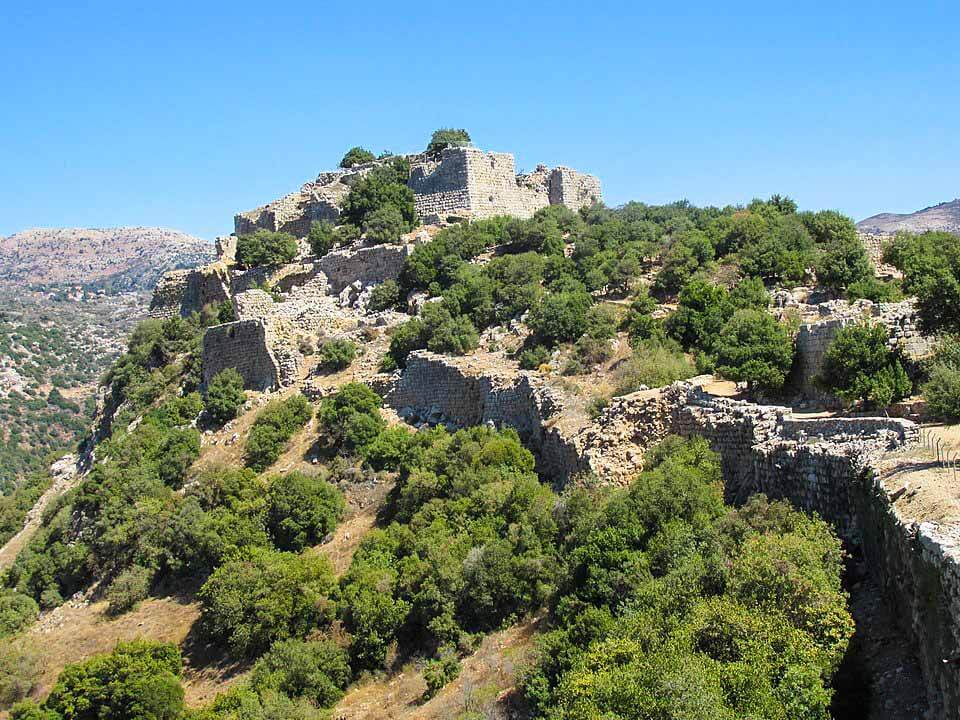Hillah, Iraq
Coordinates: 32.543333, 44.422222
The Ishtar Gate was the eighth gate to the inner city of Babylon in the area of present-day Hillah, Babil Governorate, Iraq.
It was constructed in about 575 BCE by order of King Nebuchadnezzar II on the north side of the city.
It was part of a grand walled processional way leading into the city.
King Nebuchadnezzar II reigned 604–562 BCE, the peak of the Neo-Babylonian Empire. He is known as the biblical conqueror who captured Jerusalem.
Through the gate ran the Processional Way, which was lined with walls showing about 120 lions, bulls, dragons, and flowers on yellow and black glazed bricks, symbolizing the goddess Ishtar. The gate itself depicted false gods and goddesses. These included Ishtar, Adad, and Marduk.
During celebrations of the New Year, statues of the deities were paraded through the gate and down the Processional Way.
The gate, being part of the Walls of Babylon, was considered one of the original Seven Wonders of the World. It was replaced on that list by the Lighthouse of Alexandria from the third century BC.
The Ishtar Gate is only one small part of the design of ancient Babylon that also included the palace, temples, an inner fortress, walls, gardens, other gates, and the Processional Way. The lavish city was decorated with over 15 million baked bricks, according to estimates.




















